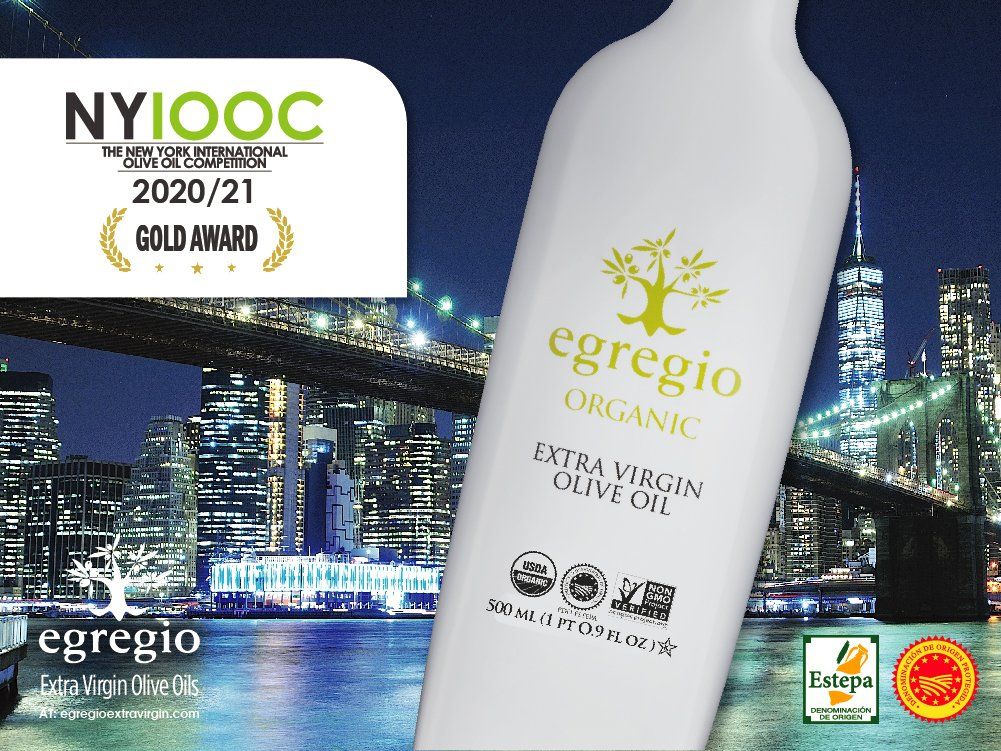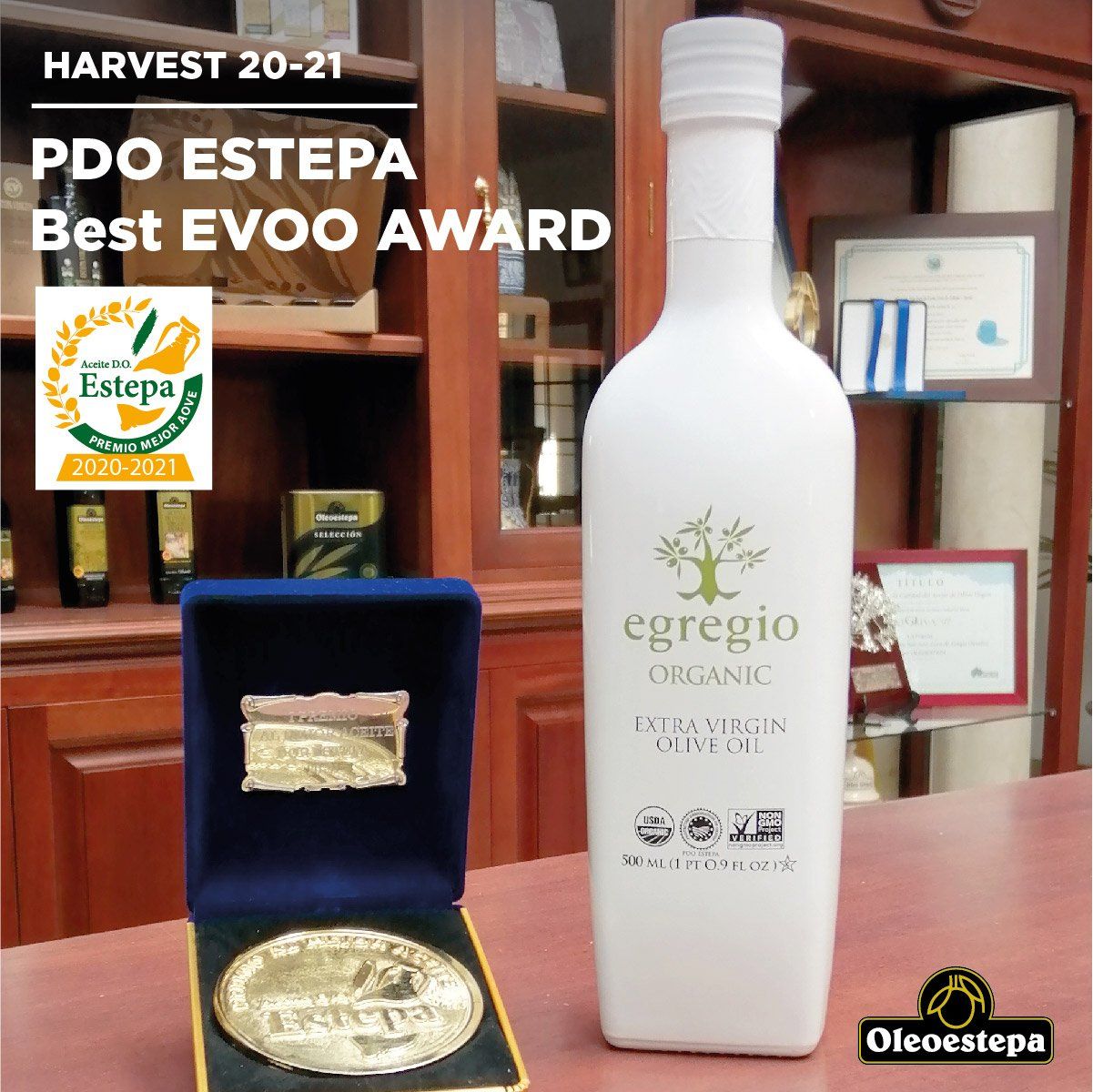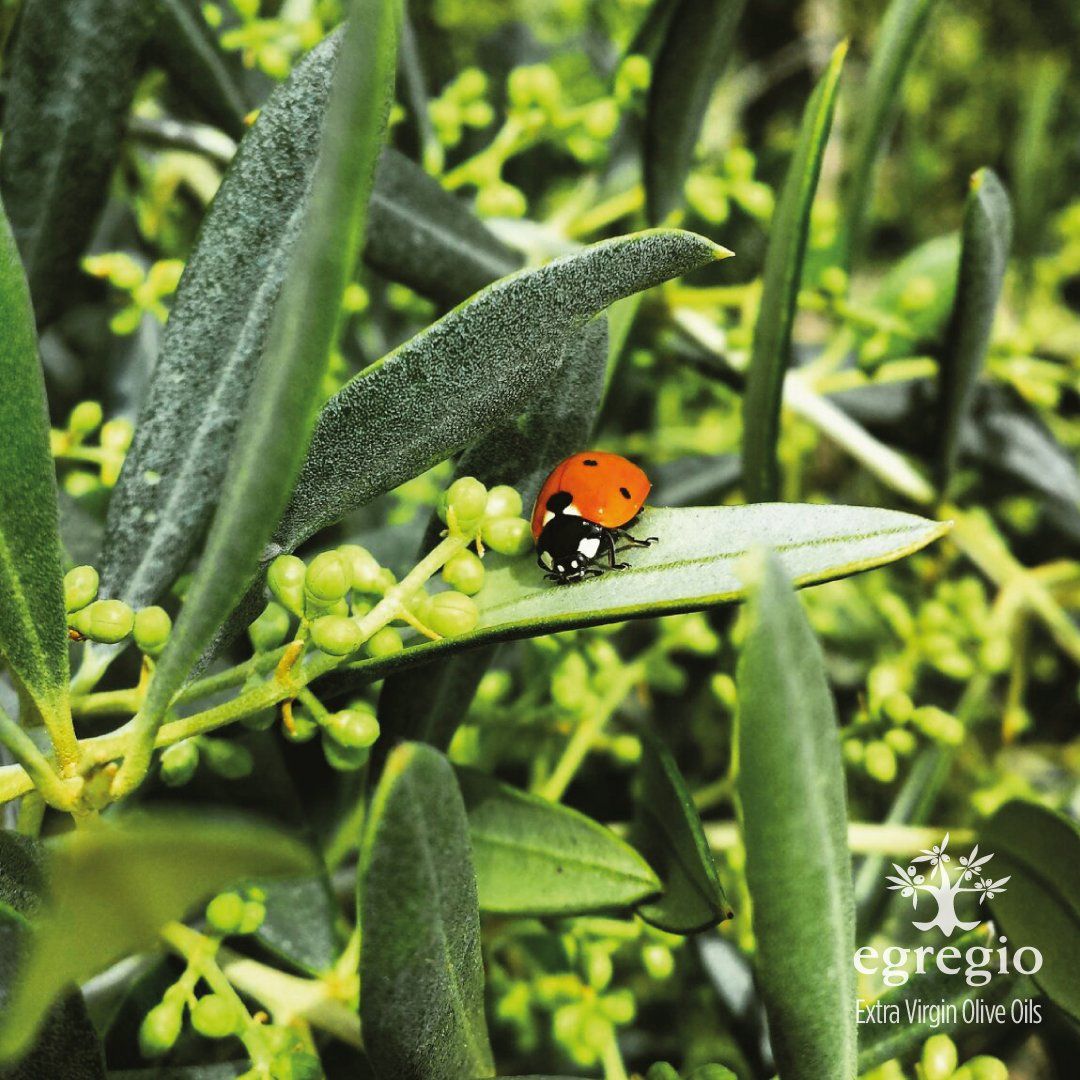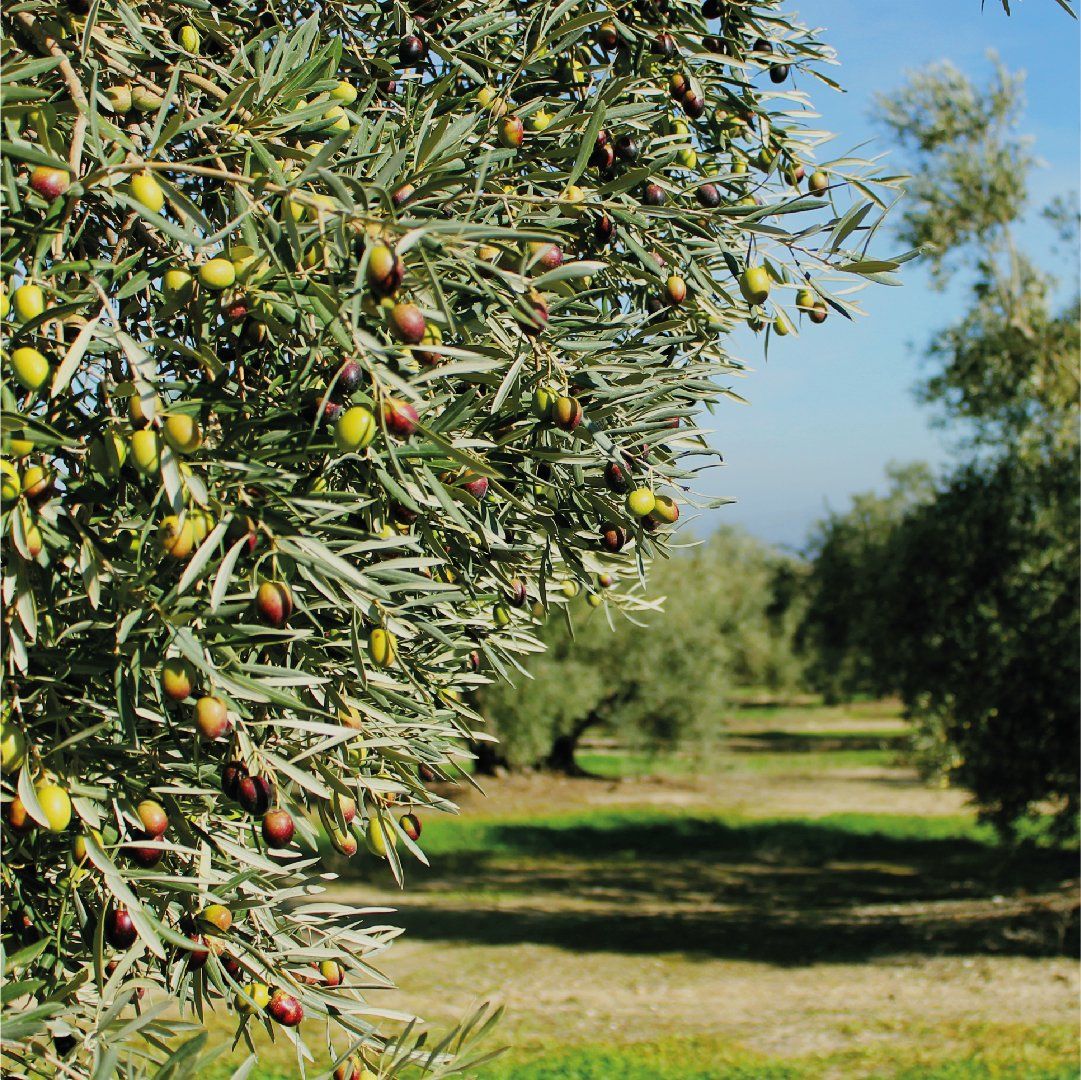How To Make Homemade Ricotta Cheese
Homemade ricotta really does have better texture and flavor than anything I’ve ever bought at the grocery store. I suspect that this is due in large part to the fact that it’s freshly made. I like that I can control just how wet or dry the ricotta is simply by how long I let it drain — I like wetter, looser ricotta for things like pizzas, and drier, firmer ricotta for cannoli and other desserts. If you wrap the drained ricotta in cheese cloth and press it beneath a weighted plate in the refrigerator overnight, you can also make a simple ricotta salata, paneer, queso fresco, or other fresh farmers cheese.
I also like that I can make exactly the amount of ricotta that I need. I find that a half gallon of milk dependably makes about two cups of ricotta depending on how long I let it drain, and the recipe can be scaled up or down to fit my recipe. Of course, if and when I do have leftover ricotta, I know there are plenty of ways to use up those last few dabs!
Making ricotta yourself also gives you a bonus: the leftover whey. This whey is fantastic in baked goods — try using whey instead of water in your next batch of bread or pizza dough. So good. You can also use a few spoonfuls of whey to jump-start the lacto-fermentation process when making things like sauerkraut and kvass.
Ricotta cheese recipe:
(makes 2 cups)
Ingredients:
- 1/2 gallon whole milk, not UHT pasteurized (see Recipe Notes)
- 1/3 cup lemon juice (from 1 1/2 to 2 lemons), 1/3 cup distilled white vinegar, or 1/2 teaspoon citric acid (available from cheese-making suppliers)
- 1 teaspoon salt, optional
- 1/4 cup Egregio Extra Virgin Olive Oil Intense Fruit
Equipment:
- 4-quart pot
- Instant read thermometer or candy thermometer
- Measuring spoons
- Cheese cloth
- Strainer
- Mixing bowl
- Slotter spoon
- Warm the milk to 200°F: Pour the milk into a 4-quart pot and set it over medium heat. Let it warm gradually to 200°F, monitoring the temperature with an instant read thermometer. The milk will get foamy and start to steam; remove it from heat if it starts to boil.
- Add the lemon juice and salt: Remove the milk from heat. Pour in the lemon juice or vinegar (or citric acid) and the salt. Stir gently to combine.
- Let the milk sit for 10 minutes: Let the pot of milk sit undisturbed for 10 minutes. After this time, the milk should have separated into clumps of milky white curds and thin, watery, yellow-colored whey — dip your slotted spoon into the mix to check. If you still see a lot of un-separated milk, add another tablespoon of lemon juice or vinegar and wait a few more minutes.
- Strain the curds: Set a strainer over a bowl and line the strainer with cheese cloth. Scoop the big curds out of the pot with a slotted spoon and transfer them to the strainer. Pour the remaining curds and the whey through the strainer. (Removing the big curds first helps keep them from splashing and making a mess as you pour.)
- Drain the curds for 10 to 60 minutes: Let the ricotta drain for 10 to 60 minutes, depending on how wet or dry you prefer your ricotta. If the ricotta becomes too dry, you can also stir some of the whey back in before using or storing it.
- Use or store the ricotta: Fresh ricotta can be used right away or refrigerated in an airtight container for up to a week.
Whole vs. 2% vs. Non-Fat Milk: While whole milk is our favorite for making ricotta, 2% milk can also be used, though the ricotta is slightly less rich and creamy. Avoid using skim and nonfat milks; these don't separate as easily into curds and whey.
Pasteurized Milk: Pasteurized milk is fine to use for making ricotta, but avoid UHT (Ultra High Temperature) pasteurized milk as this process changes the protein structure of the milk, preventing it from separating.
Making Fresh Ricotta Salata: If you'd like to make a fresh farmer's cheese (ricotta salata) from this ricotta, wrap it in cheese cloth and press it beneath a weighted plate in the refrigerator overnight.
For more information about EGREGIO INTENSE FRUIT -click here-
All about extra virgin olive oil...









